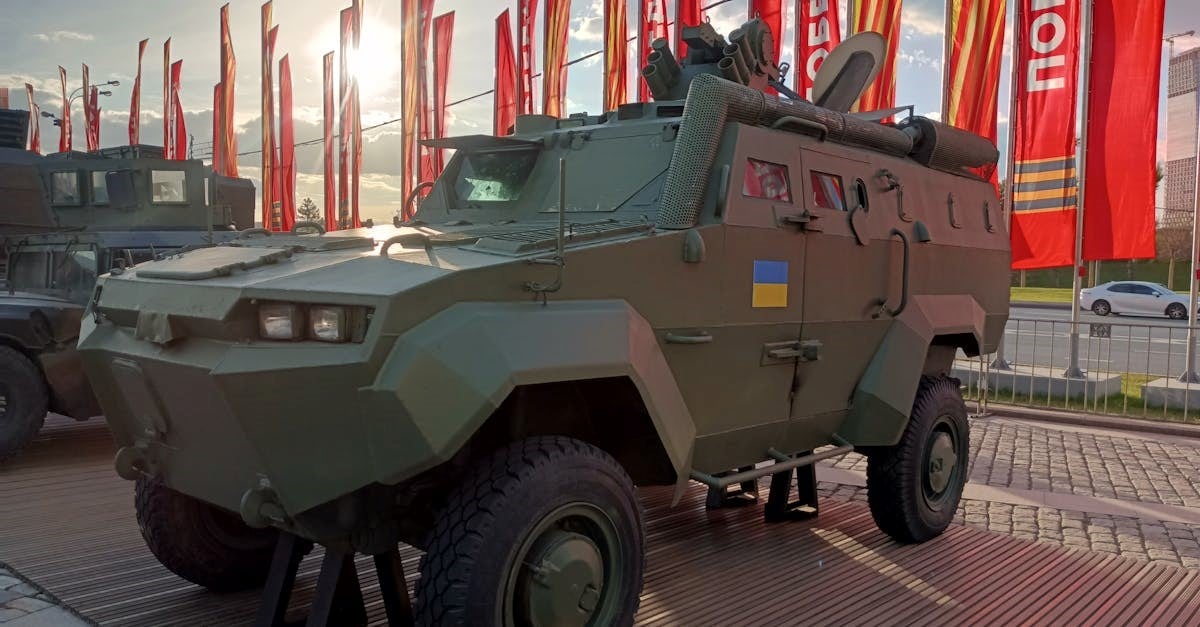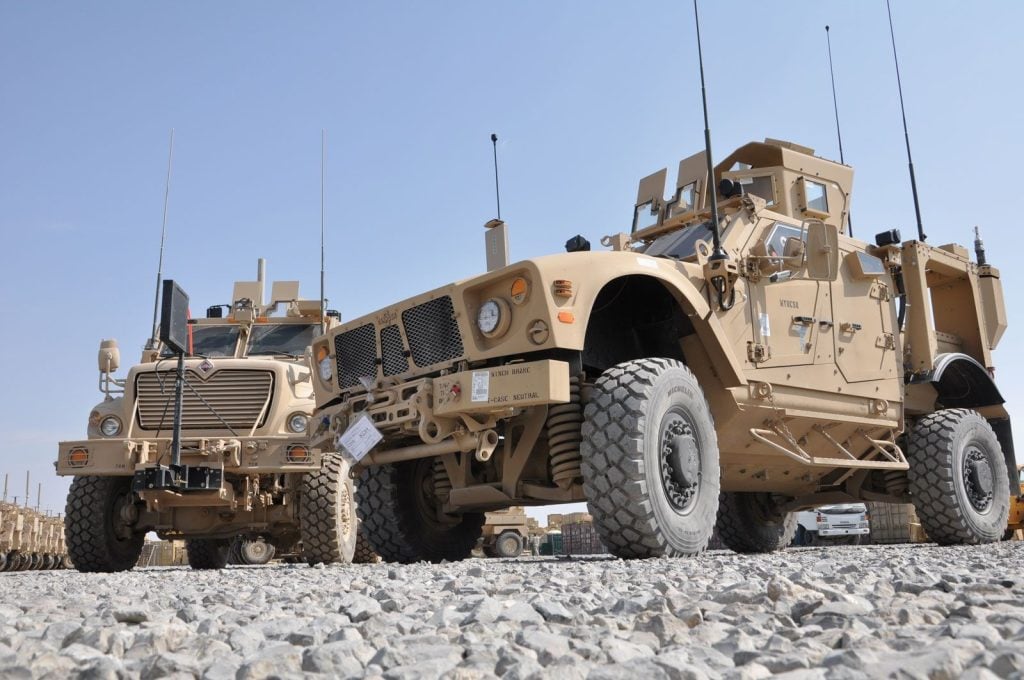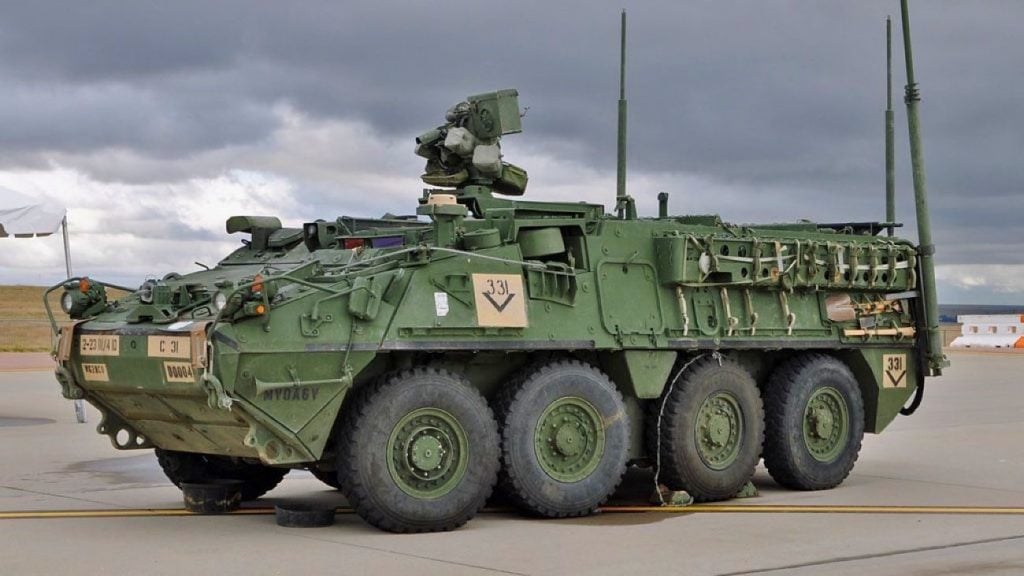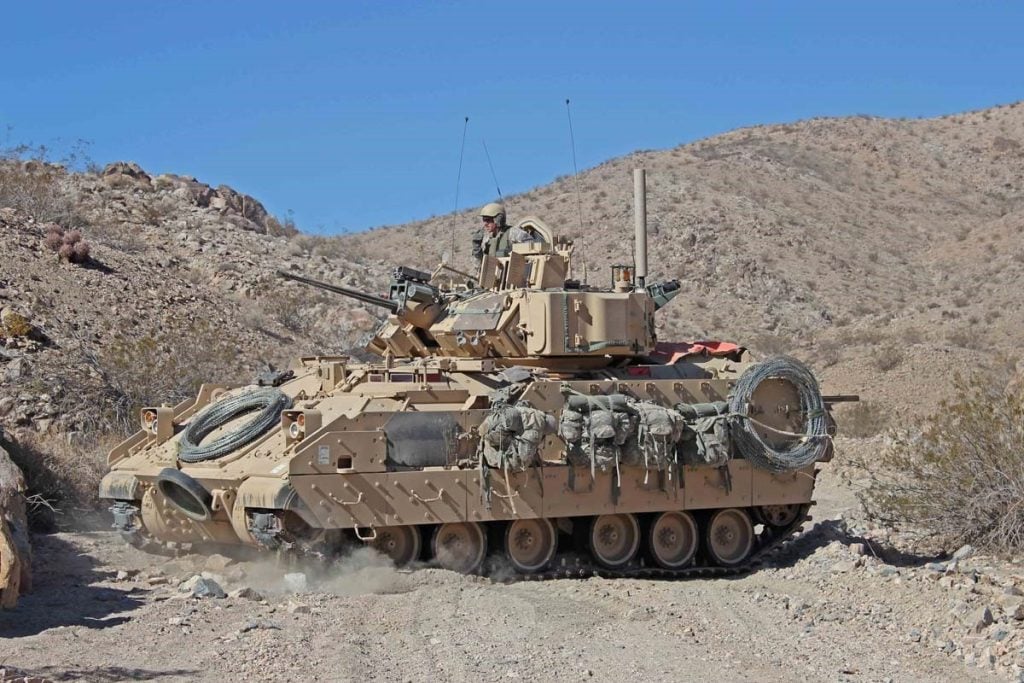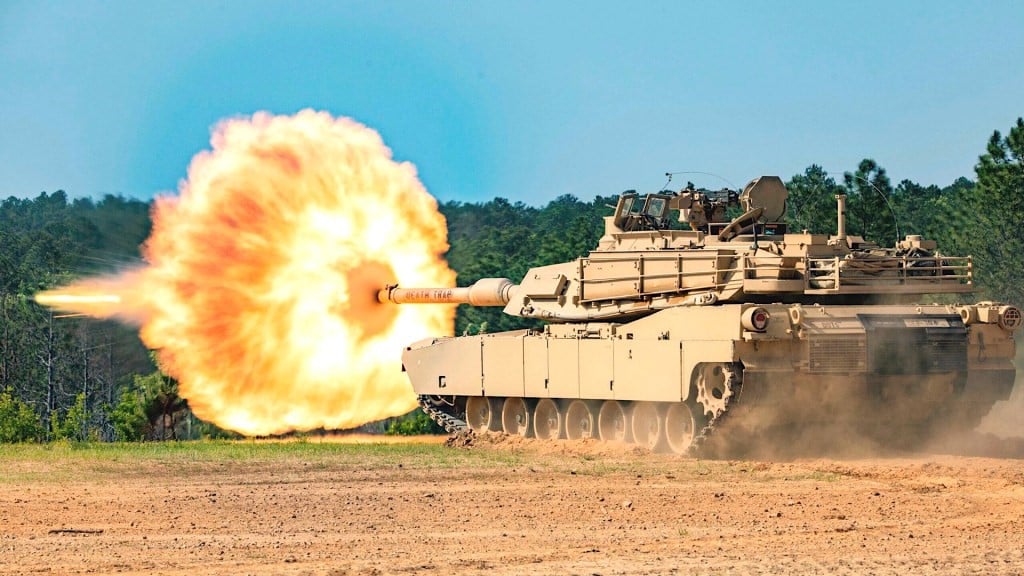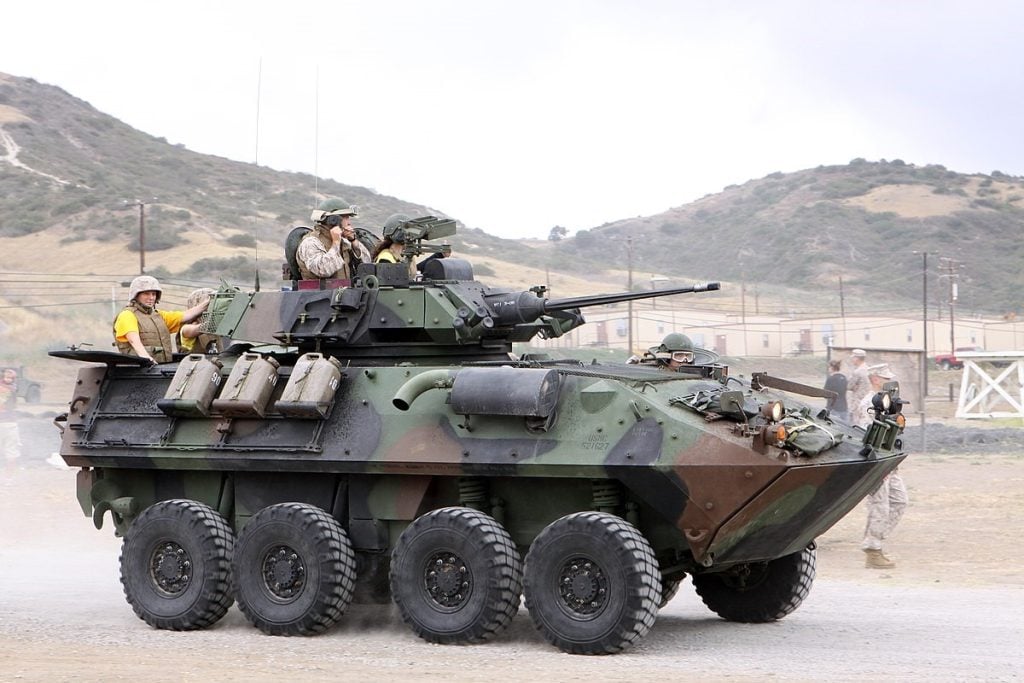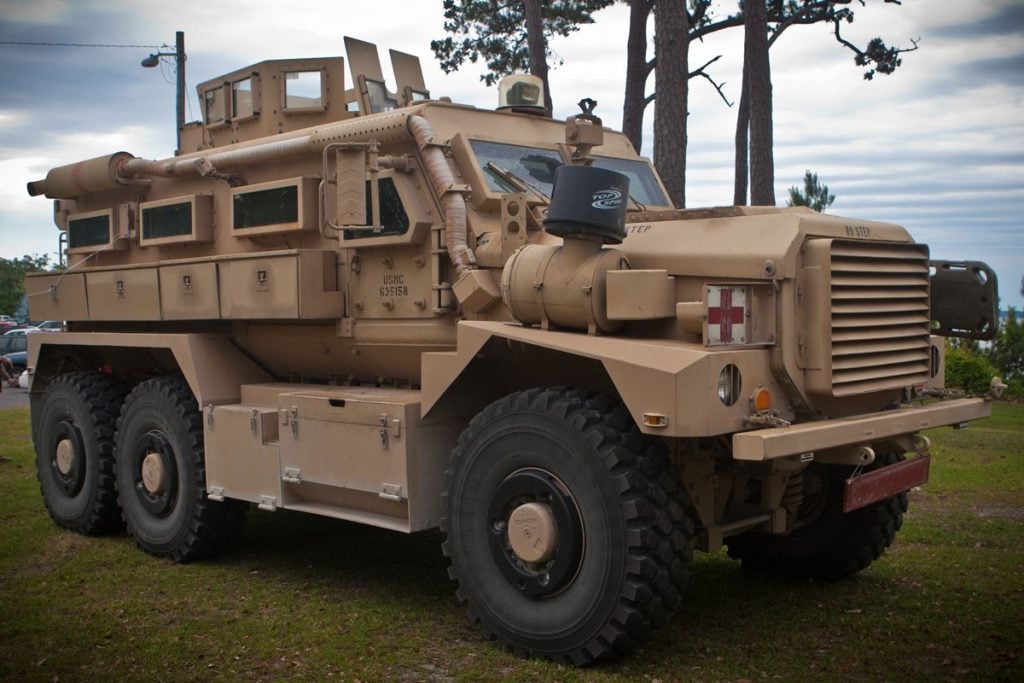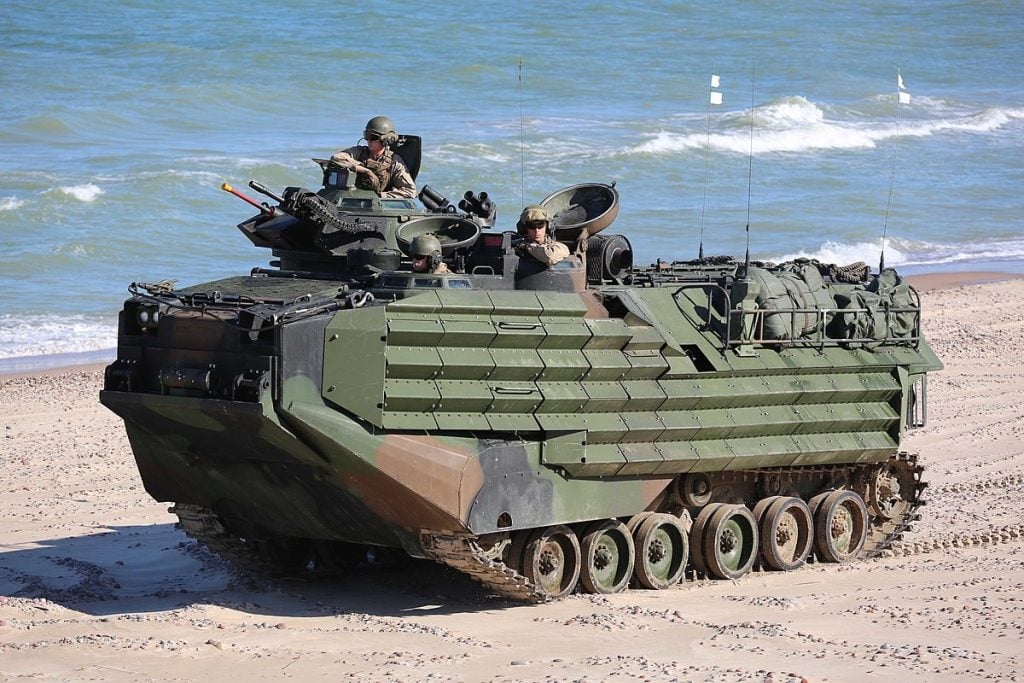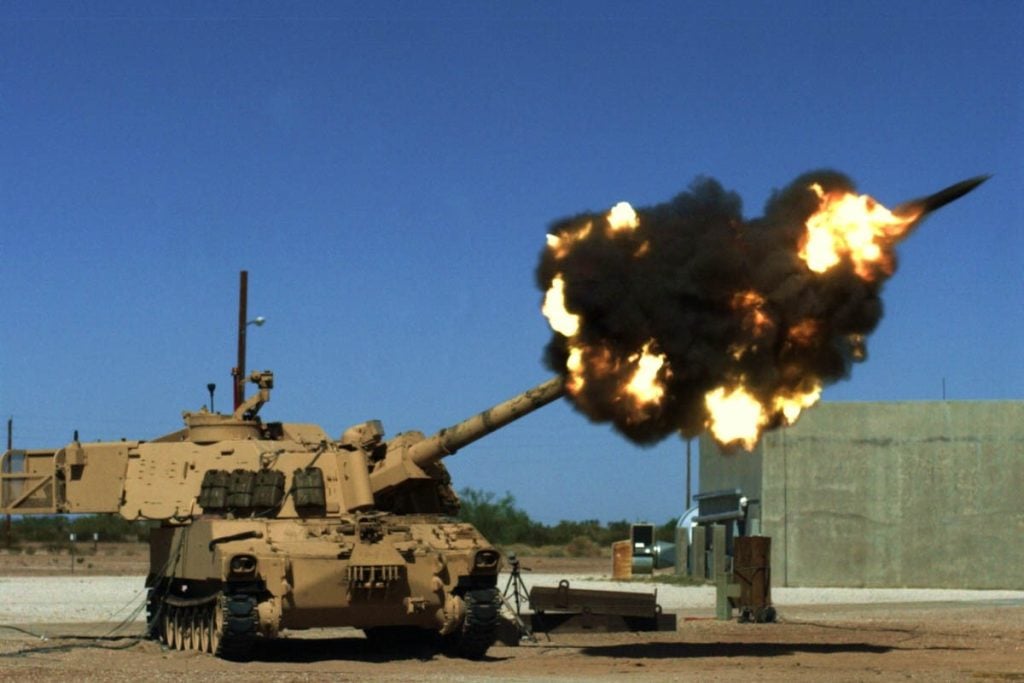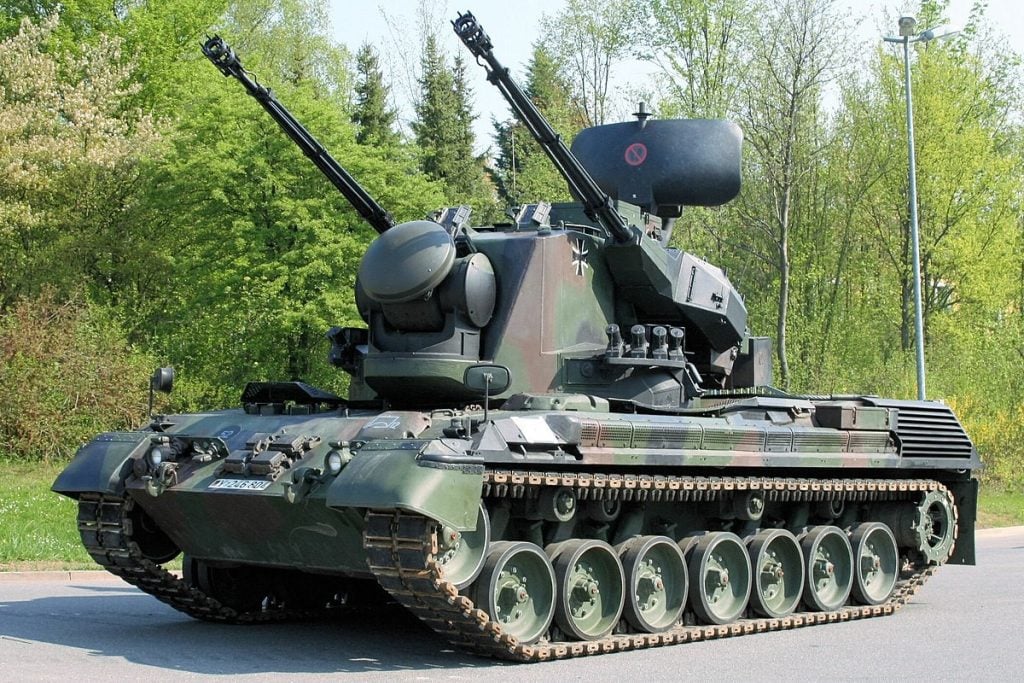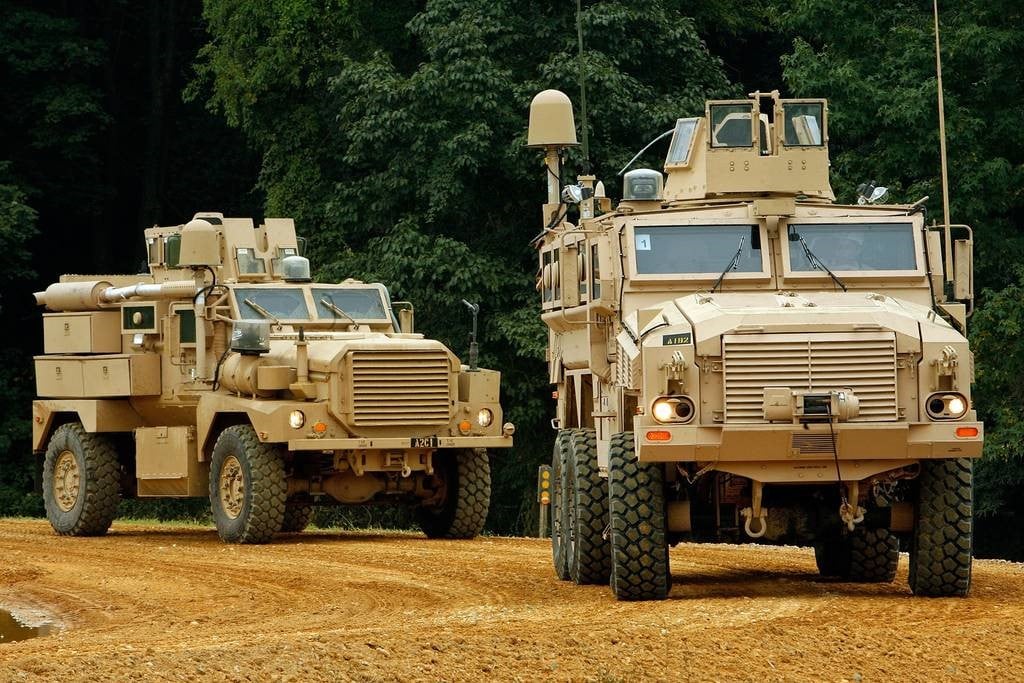In the ever-evolving landscape of modern warfare, armored vehicles have emerged as the backbone of military forces worldwide. These formidable machines, designed to provide unparalleled protection, mobility, and firepower, have become indispensable assets in shaping the dynamics of contemporary conflicts.
This article delves into What Makes Today’s Armored Vehicles So Powerful?. From the rugged terrain of combat zones to the delicate environments of peacekeeping missions, today’s armored vehicles are engineered to adapt and excel in a wide range of operational scenarios.
12 Military Vehicles Made for Harsh Winters
The Diverse Spectrum of Armored Vehicles
The world of armored vehicles is a tapestry of diverse designs, each tailored to specific strategic objectives and operational requirements. These military marvels can be broadly categorized into several distinct categories, each with its own unique capabilities and applications.
Armored Personnel Carriers (APCs)
Armored Personnel Carriers serve as the primary means of transporting infantry safely to and from the frontlines. Equipped with armor protection and often armed with machine guns or grenade launchers, these vehicles provide essential mobility and security for ground troops.
Popular models include the Stryker (USA), the Namer (Israel), the Boxer (Germany/Netherlands), and the BTR-82A (Russia).
Infantry Fighting Vehicles (IFVs)
Closely related to APCs, Infantry Fighting Vehicles take the concept a step further by incorporating heavier armaments. Designed to engage enemy infantry and armored targets, IFVs offer direct fire support to ground forces, enabling them to operate independently in combat situations.
Renowned examples include the Bradley Fighting Vehicle (USA), the BMP-3 (Russia), and the Warrior (UK).
Main Battle Tanks (MBTs)
At the pinnacle of armored might, Main Battle Tanks are the undisputed champions of the modern battlefield. Heavily armored and armed with formidable tank guns and secondary machine guns, MBTs are engineered to dominate the combat landscape through sheer firepower, mobility, and protection.
Iconic models include the M1 Abrams (USA), the Merkava (Israel), the Leopard 2 (Germany), and the T-14 Armata (Russia).
Light Armored Vehicles (LAVs)
While the heavy hitters of the armored fleet excel in direct combat, Light Armored Vehicles fill a different niche. These nimble and agile platforms are primarily used for reconnaissance, security, and rapid deployment of forces.
With less armor protection but greater speed and maneuverability, popular LAV models include the LAV-25 (USA) and the Fennek (Germany/Netherlands).
Mine-Resistant Ambush Protected (MRAP) Vehicles
In an era marked by asymmetric warfare tactics, such as improvised explosive devices (IEDs) and ambushes, MRAP vehicles have become invaluable assets.
Designed to withstand the devastating effects of these threats, MRAPs are extensively employed in counter-insurgency operations, providing essential protection to personnel during patrols and convoy operations. Examples include the Cougar (USA) and the Casspir (South Africa).
Armored Amphibious Vehicles
Bridging the gap between land and water, Armored Amphibious Vehicles are capable of seamlessly transitioning between terrestrial and aquatic environments.
These versatile platforms are instrumental in conducting amphibious assaults and navigating water obstacles, ensuring the uninterrupted movement of forces in coastal regions and riverine settings. Prominent models include the AAVP-7A1 (USA) and the BTR-80A (Russia).
Self-Propelled Artillery
Armored vehicles equipped with powerful artillery systems, Self-Propelled Artillery platforms provide essential indirect fire support to ground forces.
Combining mobility, protection, and heavy firepower, these platforms can deliver devastating barrages from a safe distance, playing a crucial role in modern combined-arms operations. Key examples are the M109 Paladin (USA) and the 2S19 Msta (Russia).
Anti-Aircraft Vehicles
Safeguarding ground forces from aerial threats, Anti-Aircraft Vehicles are armed with specialized air defense systems, such as anti-aircraft guns or missile launchers.
These armored platforms are designed to track and engage enemy aircraft, helicopters, and unmanned aerial vehicles, ensuring the safety of friendly forces in the battlespace. Notable models include the Flakpanzer Gepard (Germany) and the 2K22 Tunguska (Russia).
List of Weapons Used by GGK Commandos
The Versatility of Armored Vehicles in Modern Warfare
Armored vehicles have become indispensable assets in the modern military’s arsenal, adapting to a wide range of operational scenarios and strategic objectives.
Combat Operations
In conventional warfare, the role of Main Battle Tanks (MBTs) and Infantry Fighting Vehicles (IFVs) is paramount. MBTs, with their formidable firepower and heavy armor, are the spearhead of armored forces, capable of breaking through enemy lines and engaging in direct combat with adversarial armored units. IFVs, on the other hand, provide essential mobility and fire support to infantry troops, enabling them to maintain pace with the tanks and offer protection against small arms fire and shrapnel.
Peacekeeping Missions
In peacekeeping operations, where the focus shifts from direct combat to stability and support, Light Armored Vehicles (LAVs) and Mine-Resistant Ambush Protected (MRAP) vehicles play a crucial role. LAVs offer a balance between speed, agility, and protection, making them well-suited for patrolling, reconnaissance, and rapid response to emerging situations. MRAPs, with their robust design and resistance to explosive devices, are invaluable in ensuring the safety of peacekeeping forces operating in volatile environments prone to asymmetric warfare tactics.
Counter-Insurgency Operations
In the realm of counter-insurgency operations, where armed forces confront irregular forces and insurgent groups, MRAPs and Armored Personnel Carriers (APCs) are extensively utilized. Their enhanced protection against IEDs, landmines, and small arms fire is essential in these complex environments, where the line between combatants and civilians can be blurred. These vehicles provide the necessary mobility and security to conduct patrols, convoy protection, and troop transportation in both urban and rural settings.
Terrain-Specific Operations
Armored vehicles are also tailored to specific terrain and environmental challenges. In coastal regions and aquatic environments, Armored Amphibious Vehicles are indispensable, offering the unique capability to seamlessly transition between land and water operations. These platforms enable forces to conduct amphibious assaults, navigate water obstacles, and project power in coastal areas, where traditional land-based armored vehicles would be limited.
The Future of Armored Vehicles
As the nature of warfare continues to evolve, the future of armored vehicles is poised to undergo transformative changes. Advancements in materials science, propulsion systems, and autonomous technologies are paving the way for a new generation of armored platforms that will redefine the boundaries of mobility, protection, and firepower.
Emerging trends, such as the integration of active protection systems, advanced sensor suites, and directed energy weapons, are expected to enhance the survivability and lethality of future armored vehicles. Additionally, the incorporation of artificial intelligence and unmanned systems will introduce a new era of autonomous and semiautonomous platforms, revolutionizing the way armored forces are deployed and employed on the battlefield.
As the global defense landscape continues to shift, the role of armored vehicles will undoubtedly become even more crucial in shaping the dynamics of modern warfare. These technological advancements, combined with the inherent versatility and adaptability of these armored behemoths, will ensure their enduring relevance as the backbone of military power in the years to come.
A Closer Look at Malaysia’s Elite Special Forces
Conclusion
Armored vehicles have long been the cornerstone of military might, providing the essential elements of protection, mobility, and firepower that are crucial in the ever-evolving landscape of modern warfare. From the rugged Main Battle Tanks to the agile Light Armored Vehicles, each category of these armored platforms serves a specific purpose, enabling armed forces to adapt and excel in a wide range of operational scenarios.
As the nature of conflict continues to change, the role of armored vehicles will only become more pivotal. With ongoing technological advancements and a steadfast commitment to innovation, these formidable machines are poised to redefine the very nature of modern warfare, solidifying their position as the indispensable assets of military prowess in the years ahead.
FAQs
1. What makes a vehicle armored?
Armored cars are generally built with bulletproof glass and multiple layers of armor plating, along with various other defensive mechanisms to protect those inside. Unlike military armored vehicles, civilian armored cars are designed to blend in and resemble their standard, factory-produced counterparts.
2. How strong is an armored car?
This armoring feature, depending on the thickness of the metal plates and the type of alloy used, can protect the passenger from threats ranging from .22 caliber bullets to armor-piercing projectiles.
3. Which country has the best armored vehicles?
United States
4. Are bulletproof cars legal in India?
In India, bulletproof cars are legal, but their ownership and use are tightly regulated by the government, requiring strict adherence to licensing requirements.
5. Are armored cars safe?
Armored cars are more secure due to the use of bulletproof glass, also referred to as ballistic transparent material.
